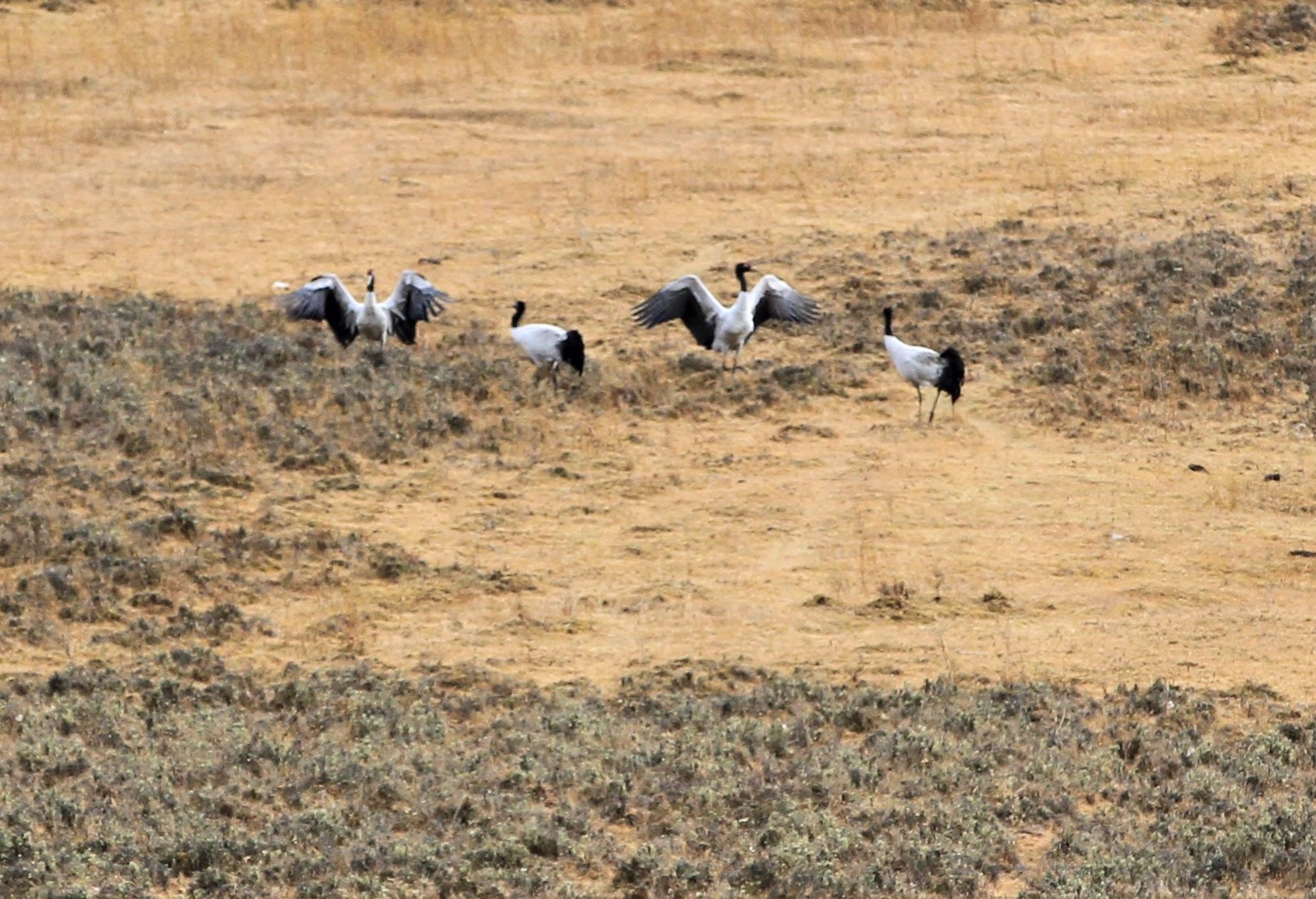Explore the serene and lovely Bumthang valleys, filled with ancient treasures of Bhutanese art, history and legend. Visit farms and villages, temples and dzongs, roaming through the deep forested mountains and peaceful valleys of rural Bhutan in the sparkling days of late autumn. Enjoy walking in the beautiful Punakha valley, hike to the Tiger’s Nest monastery, and along the Chelela Ridge; and see the beautiful valleys of Paro, Thimphu, Wangduephodrang, Trongsa and Bumthang, hidden in the shoulders of the Himalayas. The highlight of your trip will be the annual Crane Festival.
This festival is organized to generate awareness and understanding on the importance of conserving the endangered Black‐necked cranes; to strengthen the linkages between conservation, economic welfare and sustainable livelihoods of the community; provide an avenue for the local community to renew their commitment to conservation of the black-necked cranes, and to showcase their cultural heritage and skills. These sacred cranes which come to Bhutan each year from Tibet and the Qinghai Plateau are renowned in song, poetry and legend for their beauty and mystery. In western Bhutan, they winter in the isolated Phobjika valley surrounded by high, remote and beautiful Black Mountains. The people of the valley, mostly farmers, hold the annual celebration in honor of these cranes at the courtyard of the 16th century Nyingmapa Gompa, with a procession, religious ceremony, folk and masked dances, and archery contests.
The black-necked crane is the least known, most difficult to see and last to be discovered of the cranes, the largest flying birds in the world, and according to Peter Matthiessen, “magnificent and stirring creatures, heralds and symbols of all that is being lost.” In Bhutanese and Tibetan folklore they are considered almost supernatural, and it has never been scientifically explained why each and every year, they circle Gangtey monastery three times upon arrival and again when it is time to depart. In Bhutan, mystery is taken for granted.
photo credit : Risto Kuulasmaa

